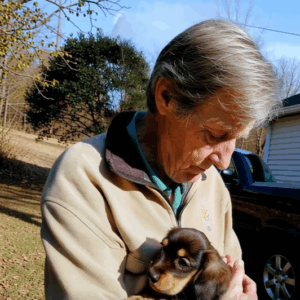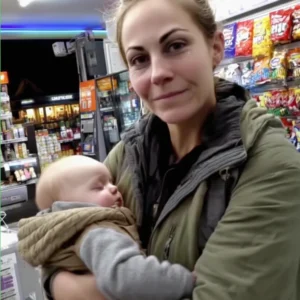It was a quiet morning in the hospital when the elderly man, frail and pale, prepared for the surgery that could decide his fate. The staff had grown fond of him and his faithful cat, the small creature that had never left his side during his long stay. To everyone, she wasn’t just a pet—she was his family, his anchor.
When the orderlies came to take him to the operating room, the man whispered a final request: “Please… let me say goodbye to her.” They brought the cat to his bed, and at first, she behaved just as she always had, curling up gently on his stomach. But within seconds, her demeanor changed. Her fur bristled, her back arched, and she began to hiss and scratch—not at random, but focused on his hands, where the IV line was inserted.
Startled, a nurse leaned in to check, and what she saw made her gasp. The IV line was leaking, and tiny air bubbles had begun to form inside the tubing. Left unnoticed, those bubbles could have caused an air embolism—potentially killing the man before he ever reached the operating room. The cat, sensing the danger, had reacted fiercely, drawing everyone’s attention at the very last moment.
The staff immediately replaced the line and stabilized the man. The surgery was postponed, and his condition was carefully re-evaluated. As the truth sank in, the room filled with stunned silence. The cat, now calm again, nestled back on her owner’s chest as if nothing had happened. The doctors exchanged glances, and one finally murmured: “She just saved his life.”





